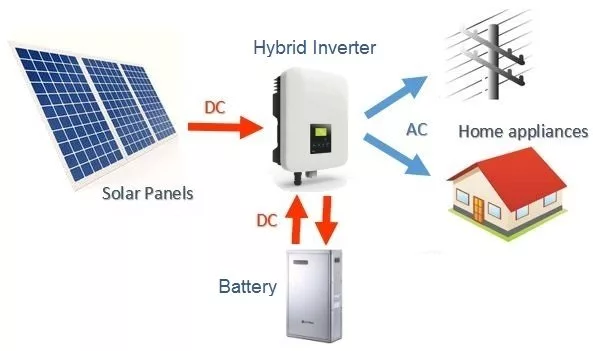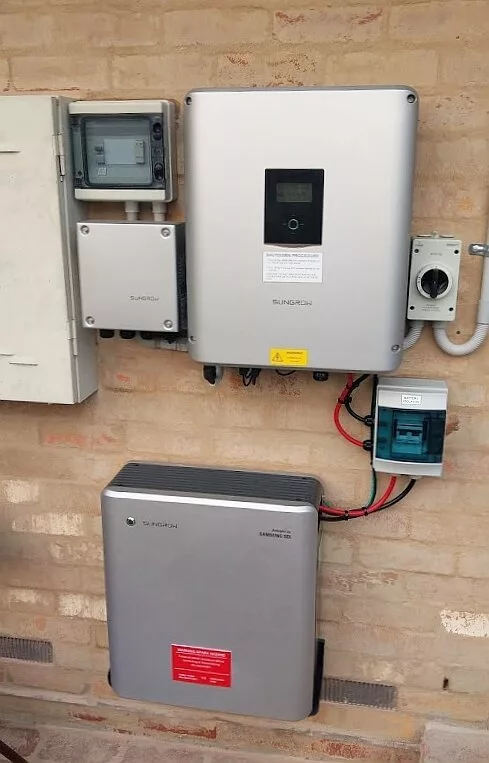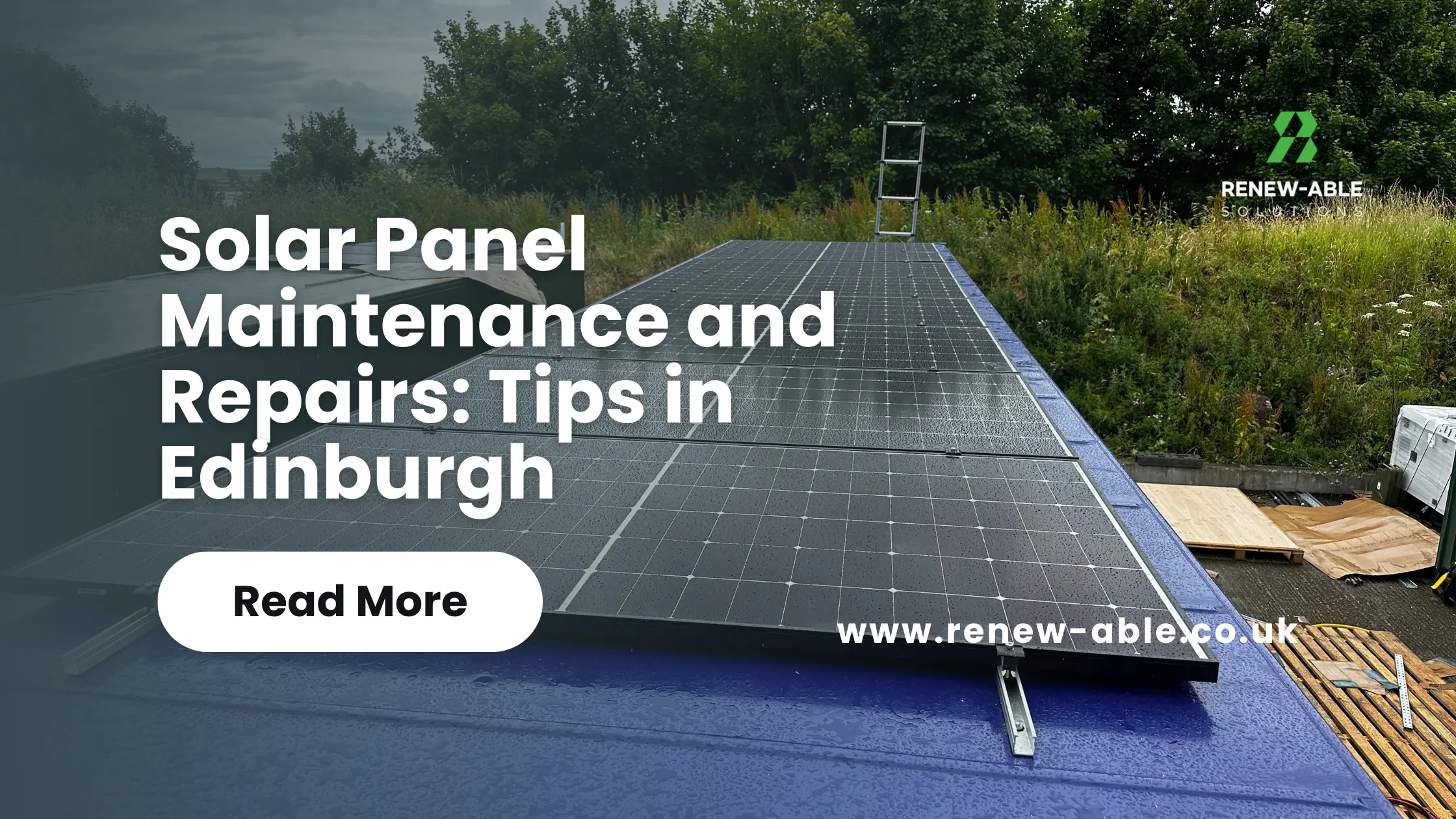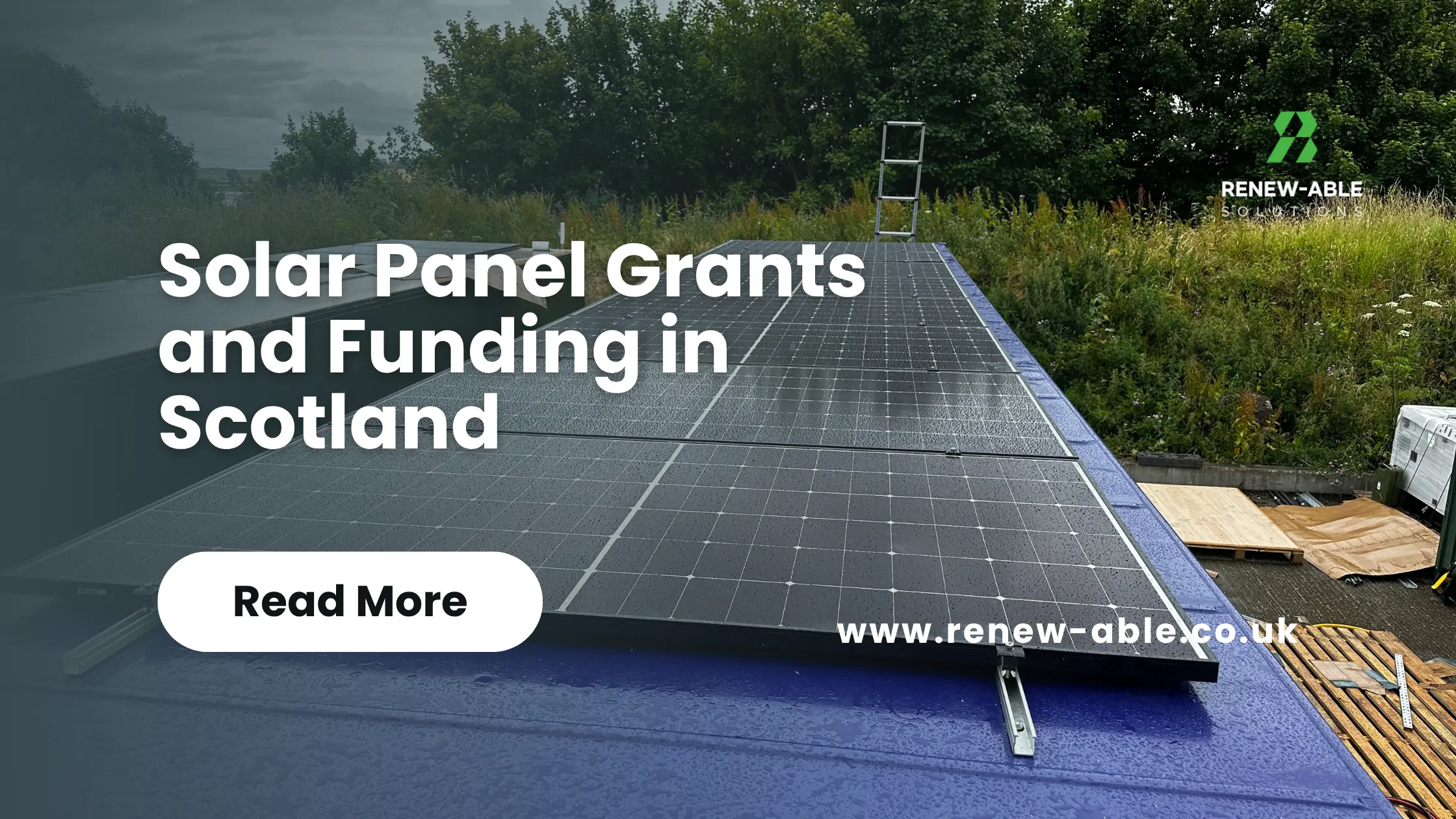We delve into what a Hybrid Inverter is and whether you should get one installed.

What is a hybrid inverter? A hybrid inverter is an all-in-one inverter that incorporates both a solar and battery inverter in one simple unit and enables storage of excess solar energy in a battery system for self-use. Hybrid inverters function like a common grid-tie solar inverter but can generally operate in one of several different modes depending on the application. This includes battery backup mode, which provides a limited level of backup power in the event of a blackout. Most hybrid inverters can also operate without a battery and function just like a grid-tie solar inverter by exporting excess solar energy to the electricity grid.
Having all the key features for solar and battery storage in one simple plug-and-play inverter means hybrid inverters are generally much lower cost and easier to install compared to more complex battery storage systems which often require multiple inverters. However, they do have several limitations and are generally not recommended to be used for off-grid solar systems.
What is a hybrid inverter?
Hybrid inverter operating modes
Most hybrid inverters can be programmed to function in four different modes:
- Grid-tie mode – Functions like a normal solar inverter (no battery)
- Hybrid mode – Stores excess solar energy during the day to be used in the evening to increase self-sufficiency.
- Backup mode – Functions like a normal solar inverter when the grid is connected and automatically switches to backup power mode during a grid outage
- Off-grid mode* – Operates much like an off-grid inverter and uses excess solar to charge the battery and power the loads without a grid connection.
Only a select few hybrid inverters are designed for off-grid solar systems and have the features to start and run a backup power source, such as a generator, if required. Hybrid inverters with off-grid mode include Ingeteam and Deye (Sol-Ark). Hybrid inverters are a very affordable choice for average households who want to be more self-sufficient using solar and batteries but don’t intend to disconnect from the grid or experience frequent blackouts. Refer to our complete hybrid and batter comparison charts for a direct comparison of the various hybrid inverters and battery storage systems.
Three main types of hybrid inverters
- Basic hybrid inverter for solar storage
- Hybrid inverter for solar storage and backup power
- Battery energy storage systems (BESS)
Some hybrid inverters do not have backup power capability as standard and require additional (optional) backup boxes and equipment in order to provide backup power in the event of a blackout. BESS systems are essentially a hybrid inverter with an inbuilt lithium battery in one complete package, usually about the size of a fridge. However, like most appliances, there are many features and capabilities that differentiate the wide variety of BESS systems available.
Backup Power

To function as a backup power supply, a hybrid inverter must be able to isolate from the grid during a blackout and use battery power to back up any household essential circuits**. Most modern hybrid inverters have the ‘grid isolation’ feature built-in, but some hybrid inverters do not; this means they cannot operate in either backup or off-grid mode. However, often, an additional backup box or EPS (emergency power supply) is available to enable this feature. If grid stability is not an issue, then this simple type of hybrid inverter would be a good economical choice.
More advanced hybrid inverters can operate in backup mode indefinitely and even function completely off-grid, providing the loads are manageable, and there is adequate sunlight all year round. However, dedicated off-grid inverters and high-capacity batteries are recommended for off-grid solar systems due to the high continuous and surge power rating required to run a whole house completely off-grid.
**Essential circuits are basic load circuits that can be easily backed up during a blackout. This includes simple things like lights, fridges, TV’s and computers. To back up an entire house generally requires a more powerful AC or DC-coupled multi-mode inverter or an off-grid system.

Off-grid Vs Hybrid Inverters
Most modern off-grid inverters, sometimes called multi-mode, are much more advanced and powerful inverters that can operate with or without a grid AC connection and offer instantaneous backup in the event of a blackout. These inverters can also back up large loads like air-conditioners, pumps and heaters. Many advanced multi-mode off-grid inverters also have very high pass-through power capability, so separation of essential and non-essential loads is not required.








